Creating a unit of work for a primary science classroom involves careful planning and preparation. With some work and input from your colleagues, you can find this to be highly rewarding both for your students and to you!
Here are some of the steps you can follow to create a successful unit of work for science:
- Identify the topic: Choose a topic that is appropriate for your grade level and aligns with the curriculum. You might also consider the interests and prior knowledge of your students.
- Develop learning outcomes: Develop clear and measurable learning outcomes that align with the curriculum and the chosen topic. These outcomes should be focused on what students will know or be able to do at the end of the unit.
- Plan the content: Plan the content of the unit, including the key concepts, vocabulary, and skills that students will need to understand and apply. You might also consider incorporating cross-curricular connections and real-life examples to make the content more relevant and engaging.
- Determine assessment strategies: Determine the assessment strategies that will be used to evaluate student learning throughout the unit. These might include formative assessments such as quizzes, observations, and student self-assessments, as well as summative assessments such as a final project or exam.
- Plan learning activities: Plan a variety of learning activities that will help students engage with the content and meet the learning outcomes. These might include hands-on experiments, group discussions, research projects, and interactive technology-based
activities.
- Incorporate differentiation strategies: Incorporate differentiation strategies to ensure that all students are able to access the content and achieve the learning outcomes. This might include providing different levels of support or challenge for students, offering a variety of learning materials, and providing accommodations for students with specific needs.
- Create a timeline: Create a timeline that outlines the sequence of learning activities and assessments for the unit. This will help you stay organized and ensure that all necessary content and assessments are covered within the allotted time frame.
- Gather resources: Gather the necessary resources, such as textbooks, articles, videos, and materials for experiments and activities, to support the learning activities and assessments in the unit.
- Implement the unit: Implement the unit according to the timeline and plan, making adjustments as needed based on student progress and feedback.
- Evaluate the unit: Evaluate the success of the unit based on the learning outcomes and assessment results, and use this information to inform future planning and instruction.
Happy teaching,
Ben Newsome.
Primary science teaching book
“Be Amazing! How to teach science, the way primary kids love”

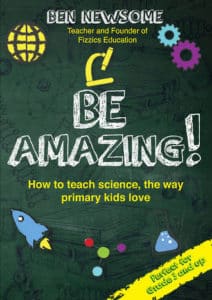



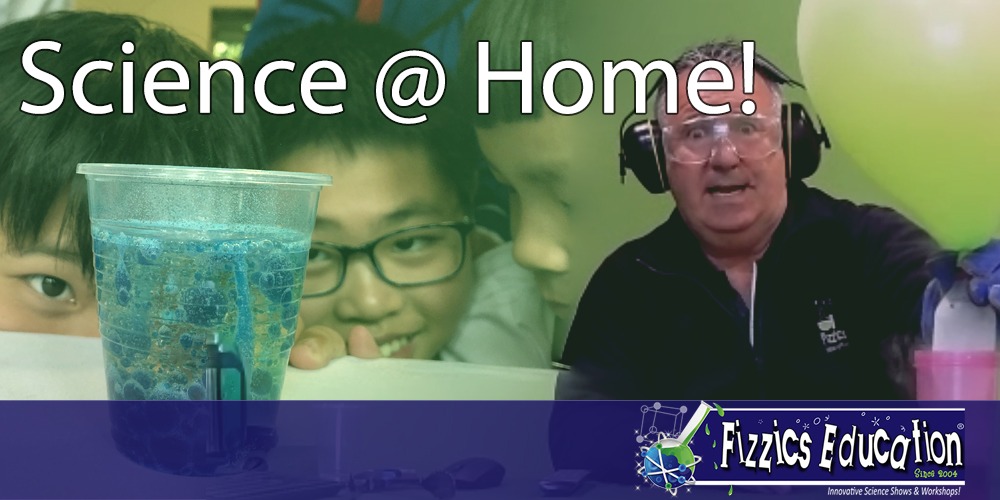

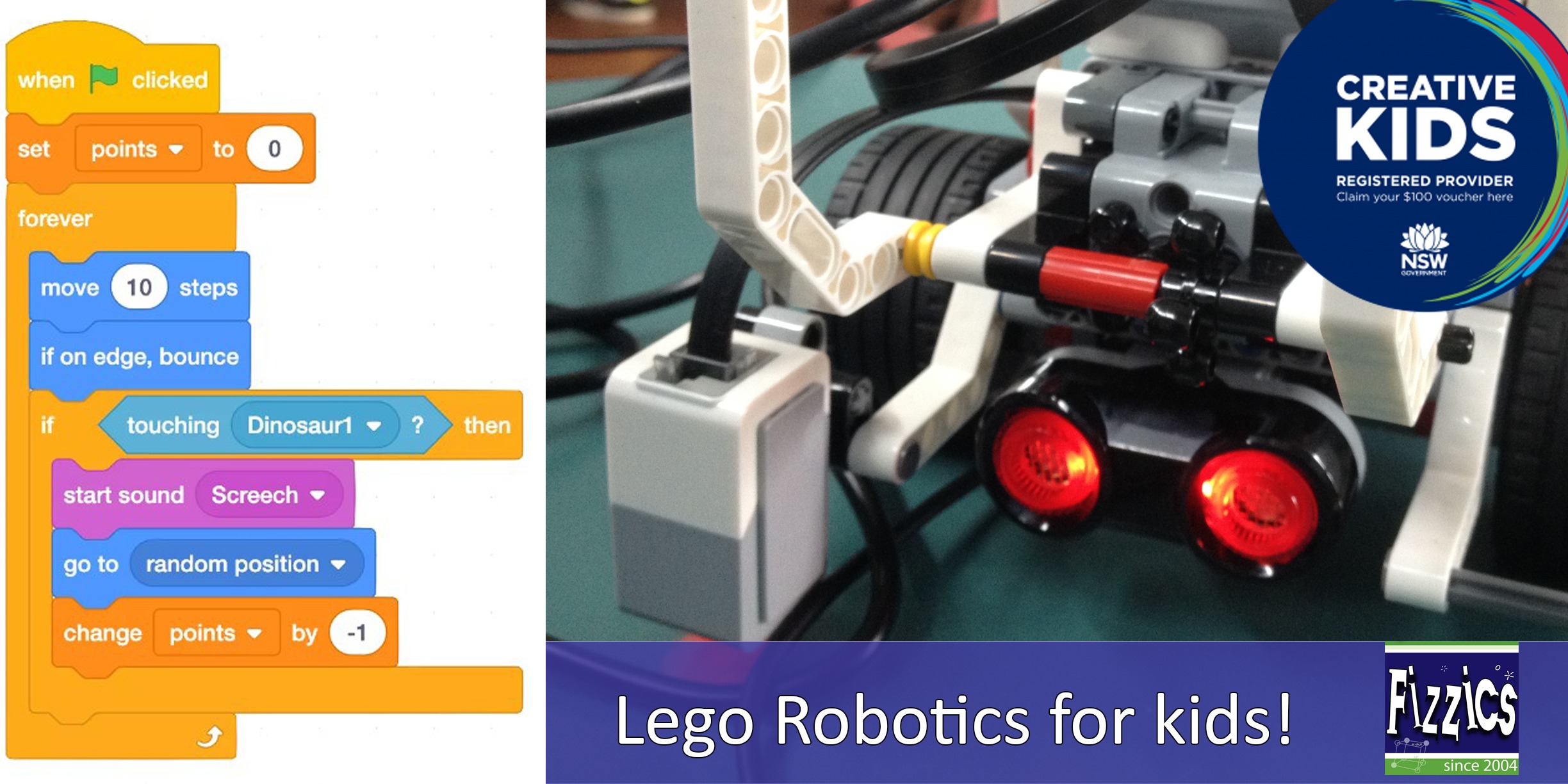
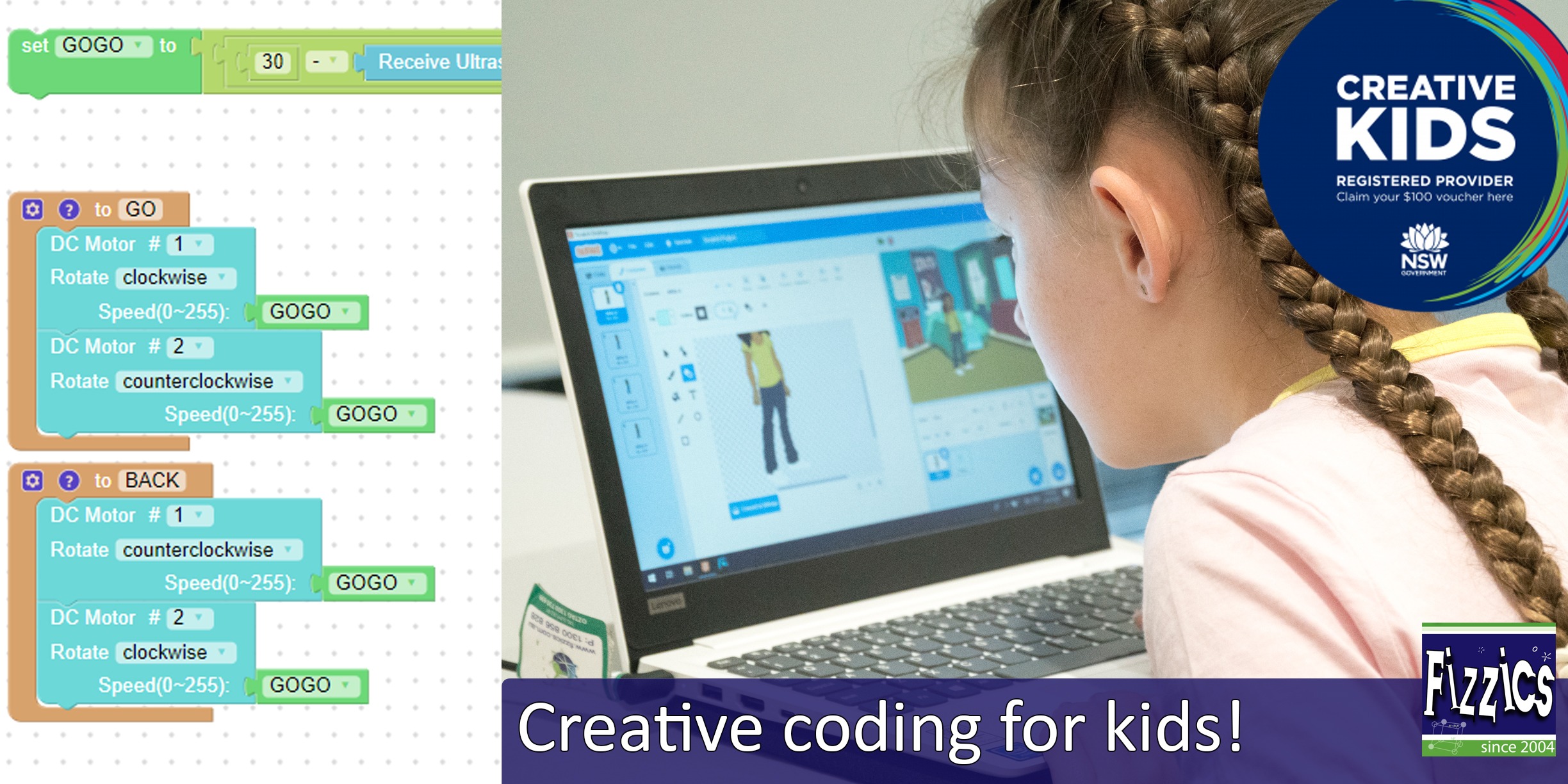
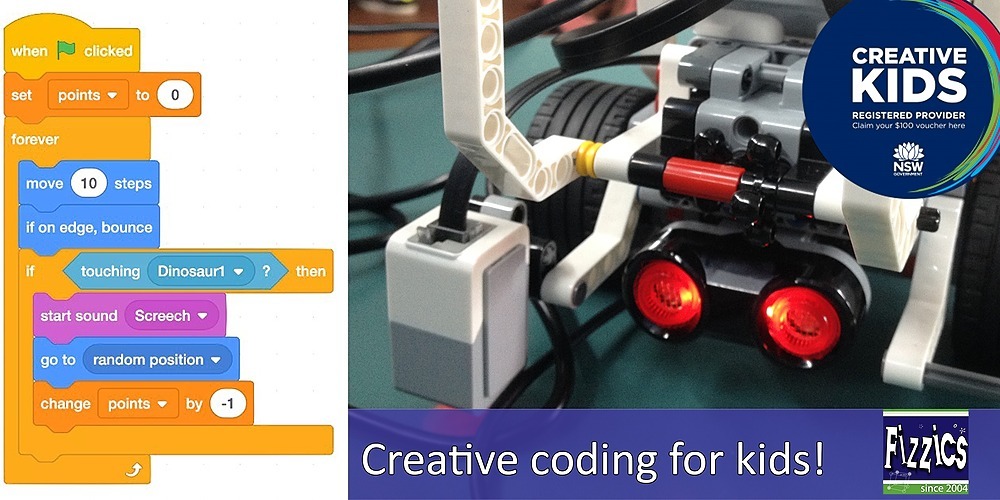
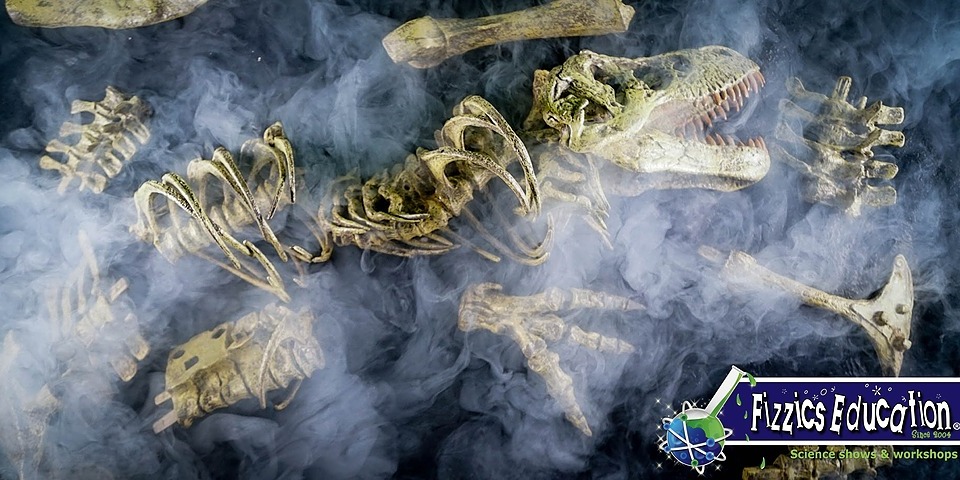


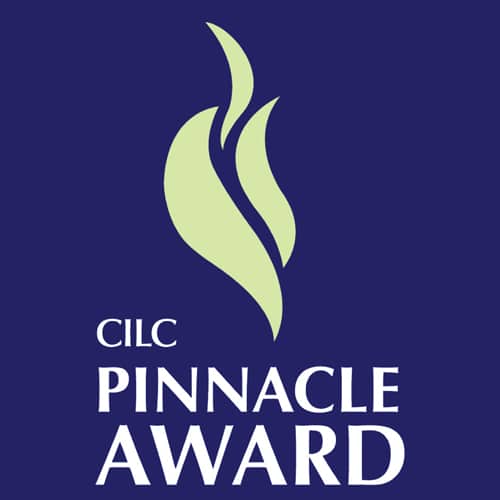

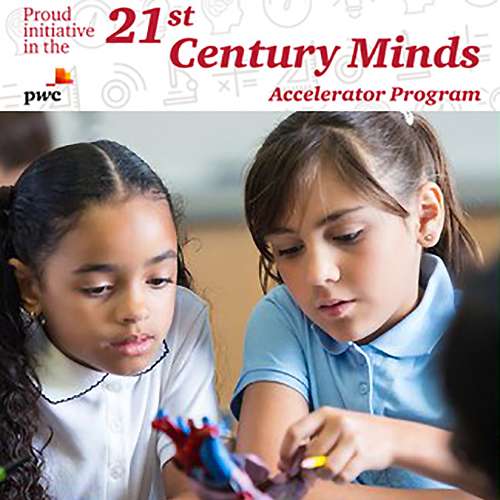
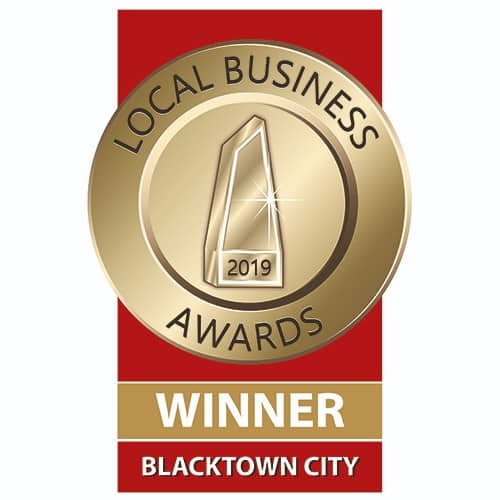






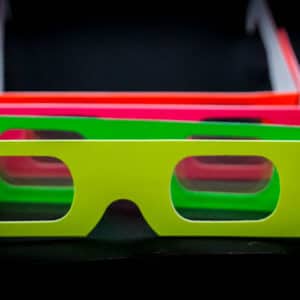



Comments